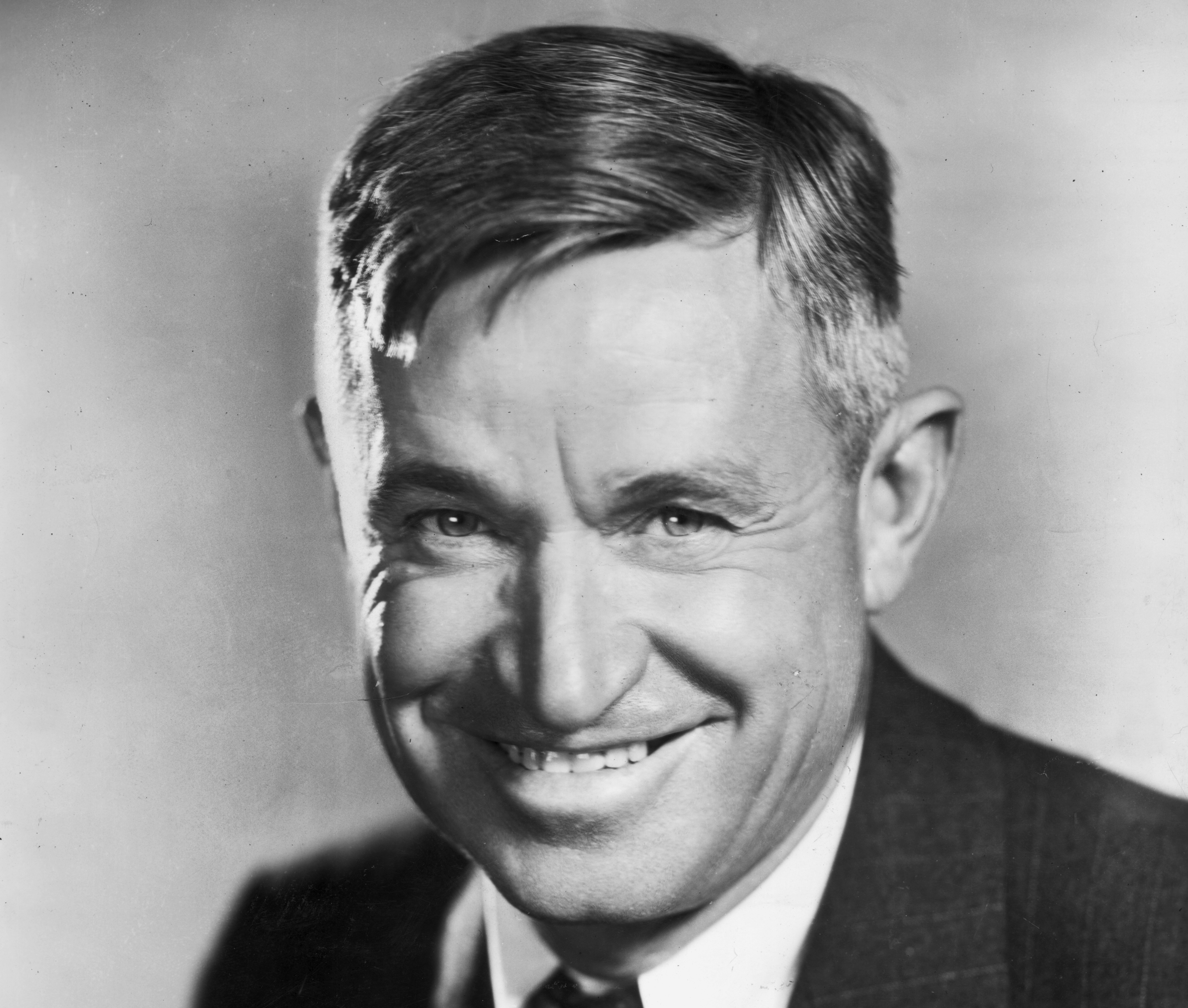
Will Rogers’ Bacon, Beans, and Limousines
Before there was Jon Stewart and Stephen Colbert, even before Lennie Bruce, there was Will Rogers, America’s first political comic. “There was a real gentleness to his form of satire […]
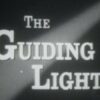 play_arrow
play_arrow
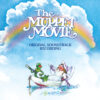 play_arrow
play_arrow
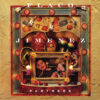 play_arrow
play_arrow
The Sounds of America: Flaco Jiménez’s Partners album BMPAudio
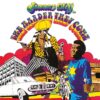 play_arrow
play_arrow
The Sounds of America: The Harder They Come Soundtrack BMPAudio
 play_arrow
play_arrow
 play_arrow
play_arrow
 play_arrow
play_arrow
 play_arrow
play_arrow
 play_arrow
play_arrow
 play_arrow
play_arrow
Science Of Happiness 76: If You Want to Be More Productive, Cut Yourself Some Slack BMPAudio
 play_arrow
play_arrow
 play_arrow
play_arrow
 play_arrow
play_arrow
Science of Happiness 73: How to Switch Off Your Critics BMPAudio
 play_arrow
play_arrow
 play_arrow
play_arrow
Science of Happiness 72: How To Reconnect With Your Partner BMPAudio
 play_arrow
play_arrow
The Science of Happiness 71: Do You Want To Be More Patient? BMPAudio
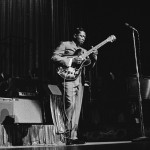 play_arrow
play_arrow
Red, White and the Blues BMPAudio
 play_arrow
play_arrow
The Science Of Happiness 70: How To Love People You Don’t Like BMPAudio
 play_arrow
play_arrow
The Science of Happiness 69: What’s Your “Why” In Life? BMPAudio
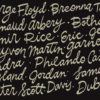 play_arrow
play_arrow
The Science of Happiness 68: From Othering to Belonging BMPAudio
 play_arrow
play_arrow
The Science of Happiness 67: Taking Small Steps toward Big Goals BMPAudio
 play_arrow
play_arrow
1A Memorial Day Special BMPAudio
 play_arrow
play_arrow
The Science of Happiness 66: How to Connect When You Must Stay Apart BMPAudio
 play_arrow
play_arrow
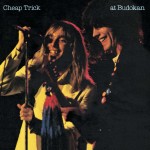 play_arrow
play_arrow
 play_arrow
play_arrow
The Science of Happiness 64: Helping Kids Think About the Good BMPAudio
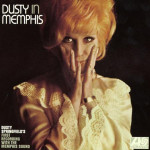 play_arrow
play_arrow
 play_arrow
play_arrow
The Science of Happiness 63: Remembering to Breathe BMPAudio
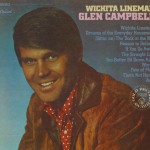 play_arrow
play_arrow
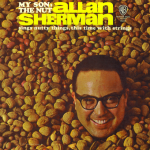 play_arrow
play_arrow
The Sounds of America: “Hello Muddah, Hello Fadduh” BMPAudio
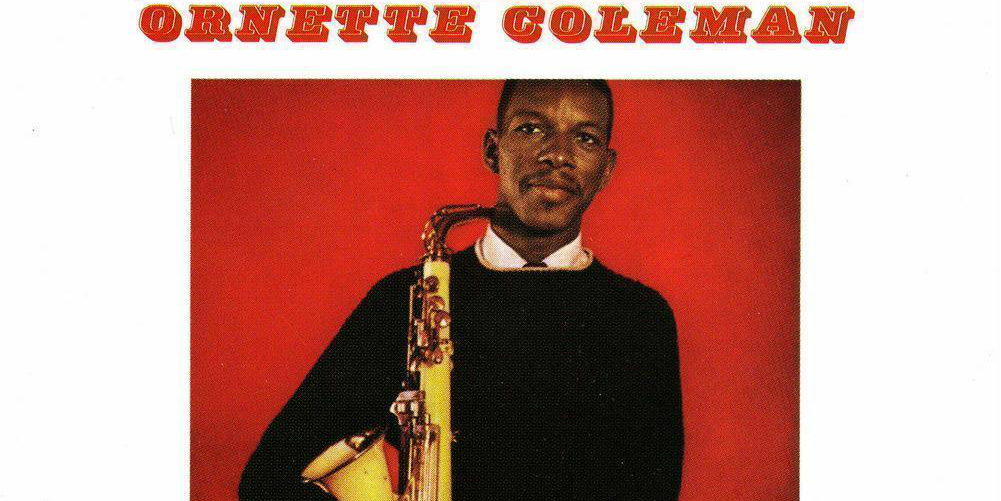
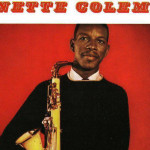 play_arrow
play_arrow
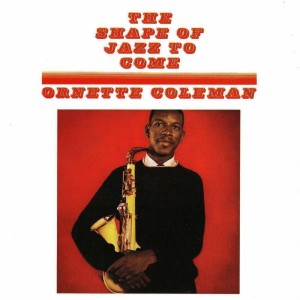 In 2013, the Library of Congress placed 25 new works into its National Recording Registry, a collection of historic music, speeches, and other audio documents that the Library will preserve for all time. One of those works was a 1959 record with the bold title The Shape of Jazz to Come. It was saxophonist Ornette Coleman’s third album — he wasn’t yet 30 years old — but it lived up to its promise.
In 2013, the Library of Congress placed 25 new works into its National Recording Registry, a collection of historic music, speeches, and other audio documents that the Library will preserve for all time. One of those works was a 1959 record with the bold title The Shape of Jazz to Come. It was saxophonist Ornette Coleman’s third album — he wasn’t yet 30 years old — but it lived up to its promise.
Coleman was one of the architects of free jazz, a form that broke from conventions of soloing over chords (known to musicians as “playing the changes”) that had carried from Dixieland into bebop. With Coleman’s strong melodic sense, the collective improvisation doesn’t feel chaotic. “When you’re improvising, listening to the other players, that’s occurring on such a deep level that it’s almost impossible to describe,” says Sonny Rollins, one of the great sax players of the era. On The Shape of Jazz to Come, with Don Cherry on cornet, Charlie Haden on bass, and Billy Higgins on drums, Coleman set a high bar for spontaneous invention.
For many fans, though, free jazz — Coleman’s music, Eric Dolphy’s, Albert Ayler’s — was a rupture in the tradition that bordered on heresy. “It may be hard to imagine today, but back then it was a much different society,” says Denardo Coleman, the son of and sometimes the drummer for Ornette. “When you talk about going against the grain or going against the wave, you were going against a tidal wave.”
Voices: Sonny Rollins, John Litweiler, Denardo Coleman
Tagged as: Denardo Coleman, John Litweiler, Ornette Coleman, Sonny Rollins.

BMPAudio November 22, 2013
Before there was Jon Stewart and Stephen Colbert, even before Lennie Bruce, there was Will Rogers, America’s first political comic. “There was a real gentleness to his form of satire […]
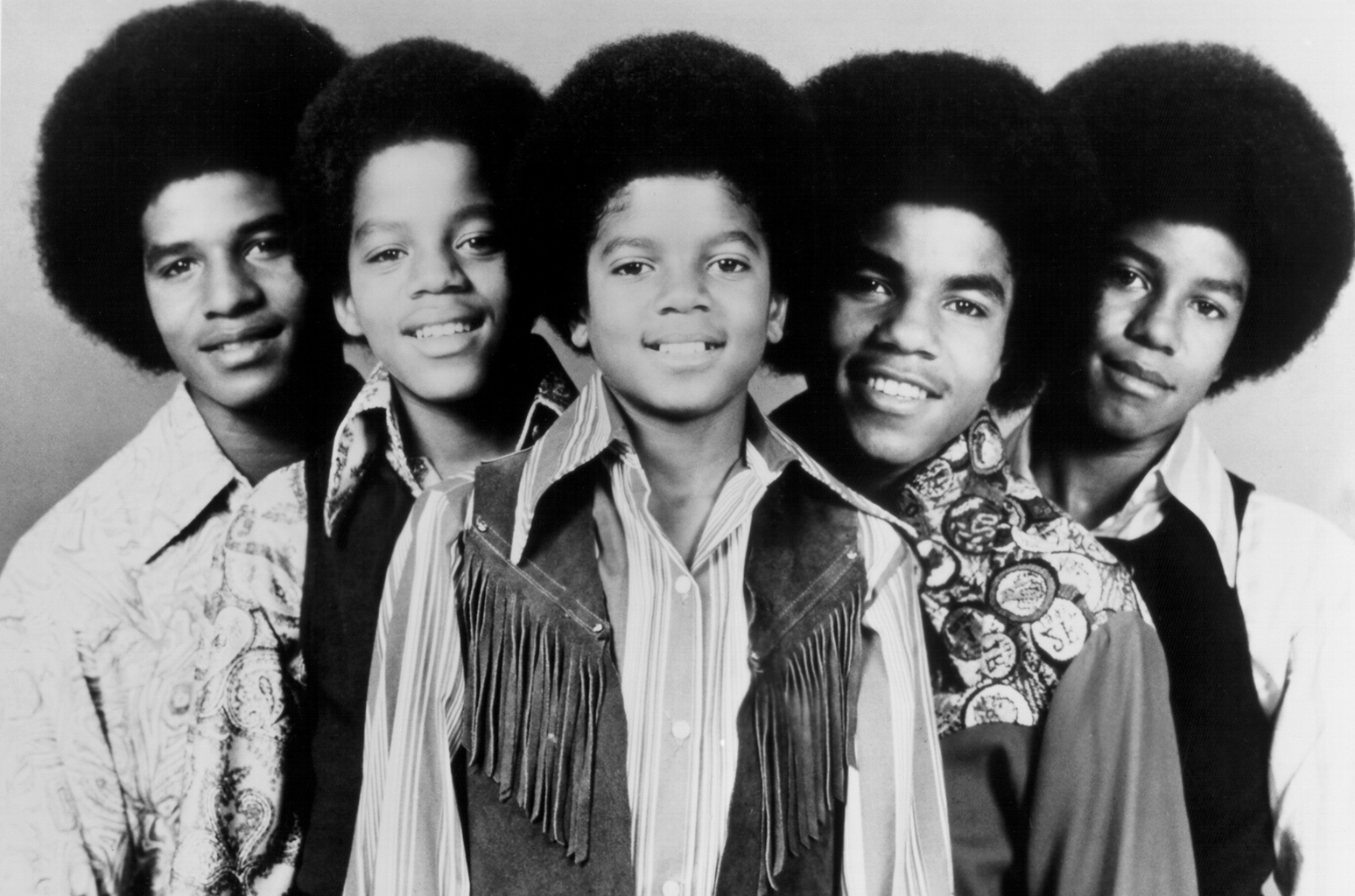
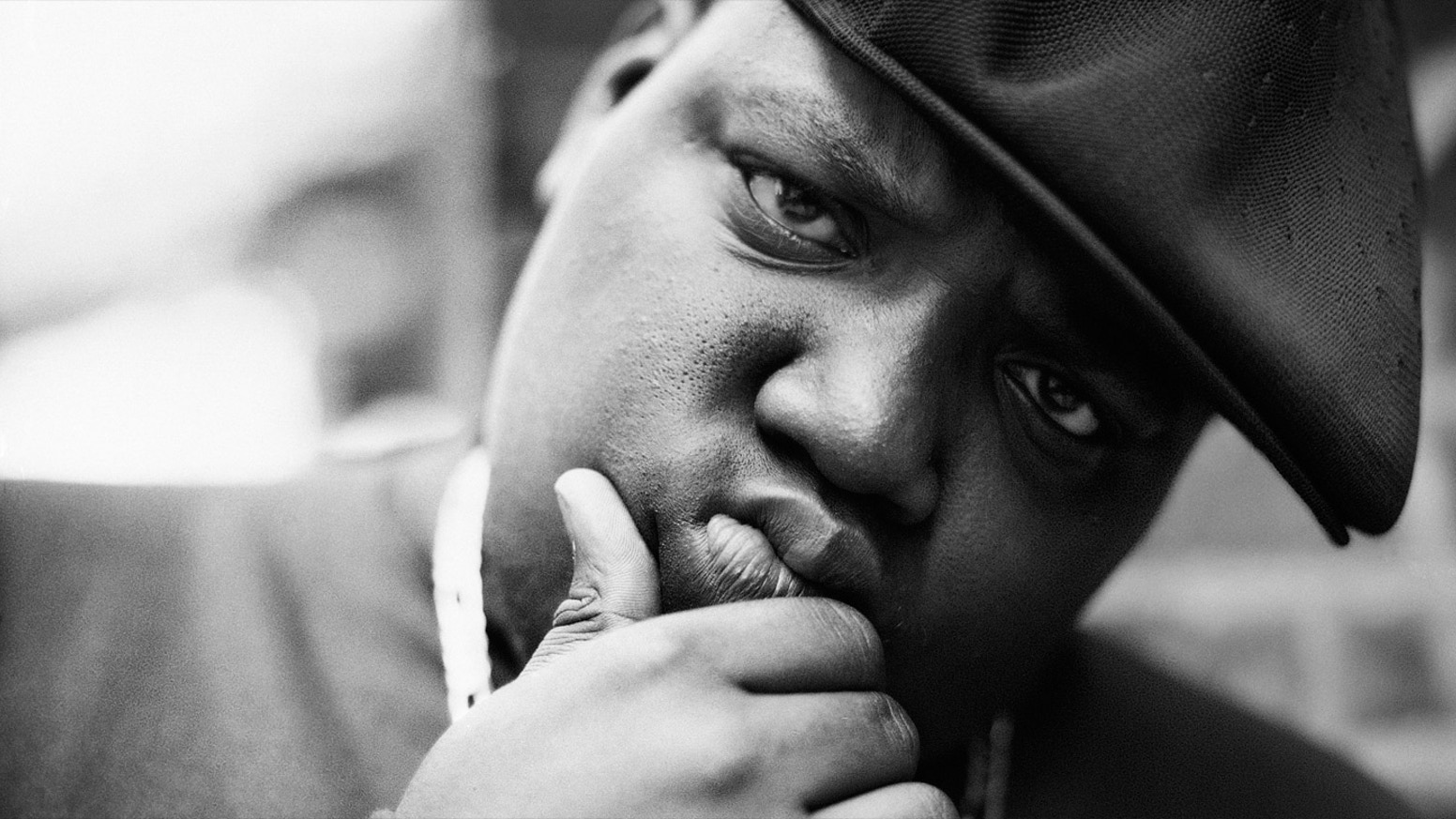
Whether a syndicated national radio series, podcast, documentary or audiobook, BMP Audio creates imaginative, sophisticated and effective sound tracks for your ideas. Our fully digital production facilities assure the highest level of audio fidelity. The world’s top broadcast companies know this – and that’s why they choose BMP Audio.